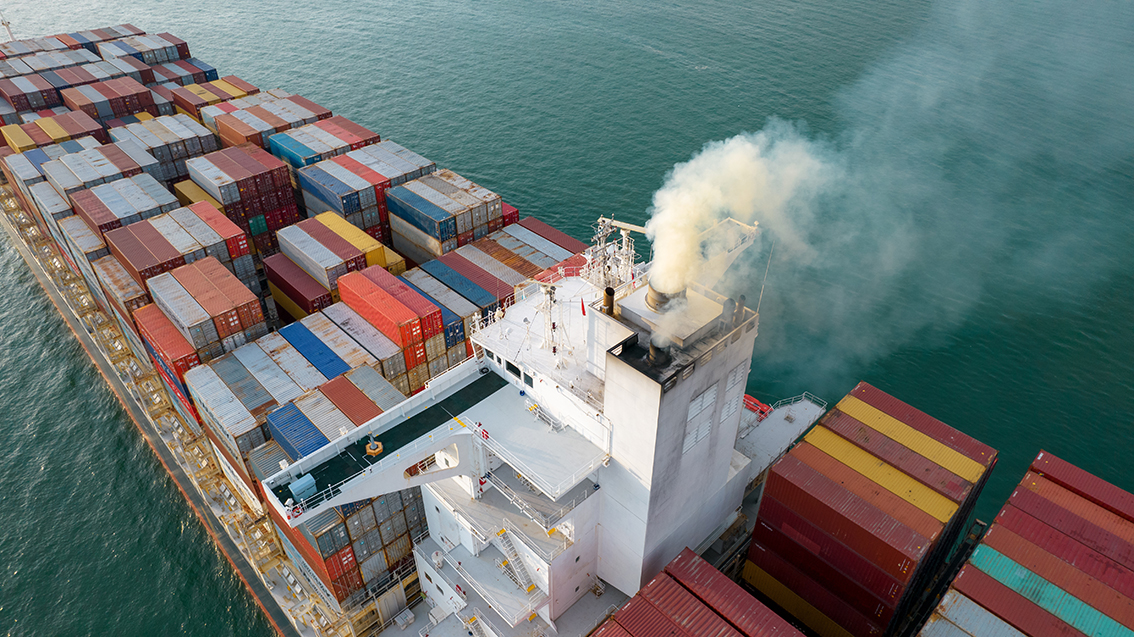How to Build the Partnership
Partnering with your logistics team does not require a massive overhaul. It starts with simple, practical steps.
First, invite your logistics counterparts to your quarterly business reviews with key suppliers. Let them share their data on packaging quality and receiving accuracy. This presents a unified front to the supplier and ensures everyone is working with the same set of facts.
Second, build integrated KPI dashboards. Stop looking at procurement and logistics metrics in isolation. Create a shared dashboard that displays overlapping KPIs.
When you are evaluating new suppliers, especially for critical components, bring in the logistics team. They can provide invaluable insights on transit times, lane risks, and potential transportation costs from different sourcing locations. This helps you select suppliers that are optimized for total landed cost and resilience, not just purchase price.

Figure 1: When procurement and logistics teams work together, they tackle supply chain risk management holistically
Tackling Supply Chain Resilience Together
For procurement professionals, the first step to building a more resilient supply chain is risk scoring your suppliers.
A supplier risk score is a number that aggregates the various risks associated with a particular supplier. It is important to note that the risk score is weighted to your business, rather than a general score that would apply to any company that does business with the same supplier.
The risk score looks at external factors that could impact your supplier’s ability to meet their contractual obligations. It can also include internal performance data, such as supplier quality.
Risk scores should be used to create risk mitigation plans. Consider what steps can be taken to reduce the likelihood of a disruption, or to reduce the severity, cost, or impact of a disruptive event.
This could include working with your supplier on joint plans or slowly shifting spend to an alternative supplier.
Furthermore, you should also monitor suppliers for disruptive incidents that could interrupt the supply chain.
From a procurement standpoint, this could include factory fires, cyber-attacks, labor strikes, flooding, and so forth.
However, you would also monitor threats that could impact the inbound delivery of goods. This would include storms, natural disasters, port strikes, or congestion. If both procurement and logistics teams are leveraging risk intelligence, you can work together to navigate these events.
Weather can upend delivery schedules. However, weather events can be predicted up to two weeks before they occur. If your logistics team has access to applied meteorological insights, they can avoid delayed or damaged shipments.
Your logistics team can also use their domain expertise along with risk intelligence to predict – that is, infer or anticipate – other potential delays. For example, if there are contentious labor negotiations happening at Port A, a strike is possible. If a wildfire and winds are moving towards Airport X, air freight could be disrupted because of visibility.
Working together, you and your logistics colleagues can both improve on-time delivery performance. These shared insights help you set more realistic inventory levels.
Scenario Planning and Risk Mitigation Strategies
The ideal time to plan for a crisis is before it happens. Work with logistics to develop a supply chain risk management program. Start with the risk factors that have created the most disruption or cost in the past.
Scenario planning helps you understand the trade-offs between different response strategies. These can be shared with management so that you have pre-approved plans to activate when a disruption occurs.
Shared risk mitigation playbooks ensures a rapid, coordinated response that minimizes impact to the business.
Your Strongest Ally is One Floor Away
Your mission as a procurement leader is to build a cost-effective, high-quality, and resilient supply base. You cannot achieve that mission from your desk alone. The contracts that you signed are just the beginning of the story. The rest of the story is written on the journey your goods take.
Your logistics team holds the key to understanding that journey. The risks they manage are the risks that can derail your cost-saving initiatives. Go talk to them. Share your goals. Ask about their challenges. Your strongest ally in the fight against supply chain risk might be just one floor away.




